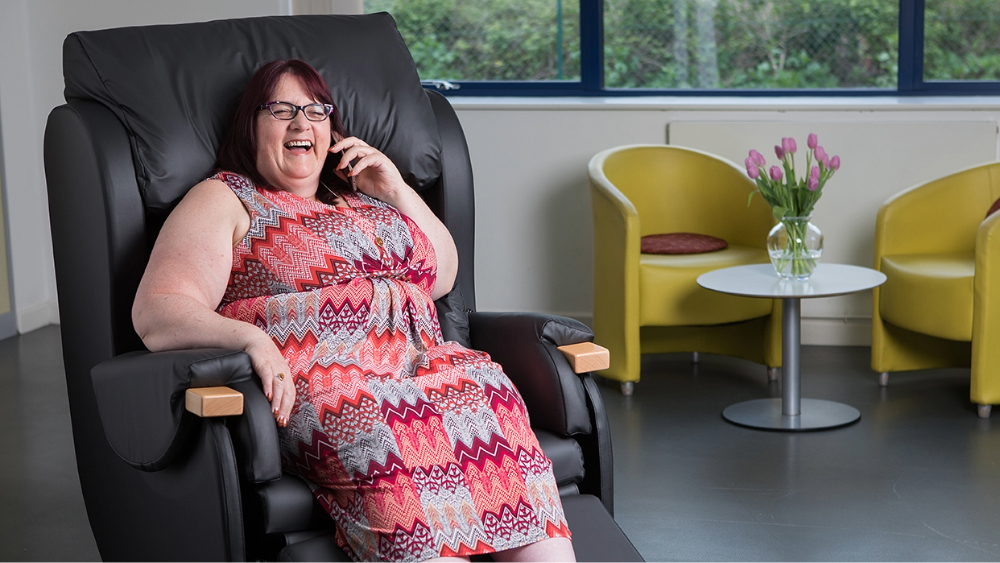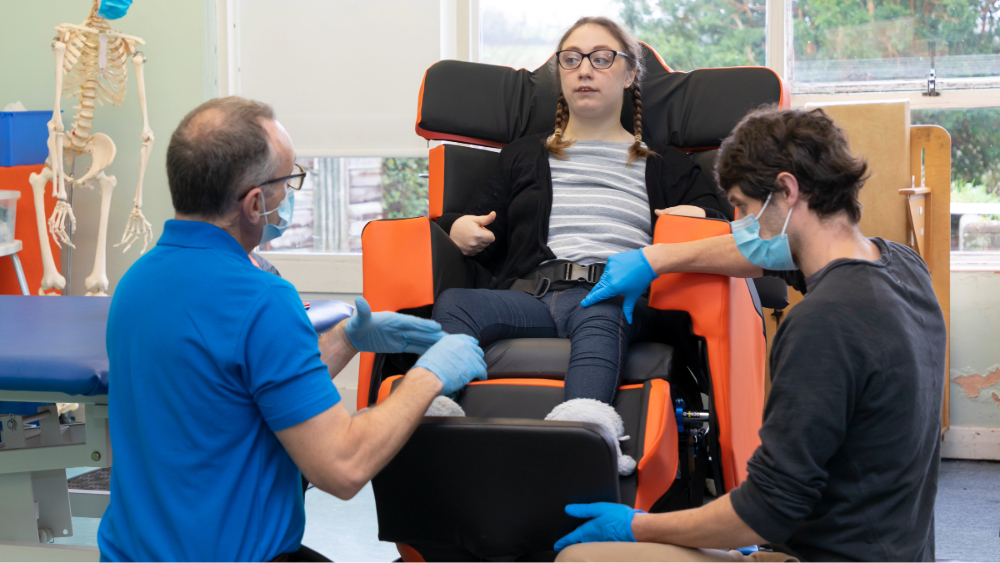Exploring Armchairs for the Older Person vs Specialist Seating: Prioritising Comfort and Support
What is the difference between an armchair and specialist seating? As we age, comfortable and supportive seating becomes increasingly important. Whether relaxing with a book, watching television, or spending time with loved ones, the right chair can make a real difference to quality of life. In this blog, we explore the differences between traditional armchairs and specialist seating, considering the benefits and key factors to keep in mind when choosing the most suitable option.
Traditional Armchairs: Familiar Comfort with a Classic Appeal
Armchairs have long been a household favourite, offering a cosy and familiar place to sit. With plush cushioning, sturdy frames and timeless designs. They can be a great addition to any living space. However, for older individuals, there are some important considerations:
- Limited Postural Support – While comfortable, traditional armchairs often lack the specialist support required to maintain good posture, particularly for those with mobility challenges or health conditions.
- Insufficient Pressure Care – Standard seating does not offer adequate support for preventing pressure ulcers for those who sit for prolonged periods of time or have skin integrity concerns.
- Fixed Design – Standard armchairs typically come in one-size-fits-all designs, with limited options for adjusting seat height, depth, or firmness to meet individual needs.
Specialist Seating: Designed for Individual Needs
Specialist seating is designed to provide enhanced support and comfort, helping to promote good posture, pressure relief and ease of movement. These chairs offer a range of features to suit the needs of elderly individuals:
- Targeted Support – Specialist seating provides structured support to key areas such as the lower back, neck, and hip and knee joints. Features like reclining mechanisms and pressure-relieving cushions help maintain comfort and posture.
- Mobility Assistance – Many specialist chairs provide specific features, such as flip-up footplates and firm handgrips, to assist with safe movement and independence, particularly for those with limited mobility.
- Health and Wellbeing Benefits – By reducing pressure points and encouraging correct posture, specialist seating can help alleviate discomfort for individuals with conditions such as arthritis, osteoporosis or chronic pain.
Choosing the Right Chair: Finding the Best Fit
There is no one-size-fits-all answer when choosing between a traditional armchair and specialist seating. Instead, it’s about assessing individual needs and preferences:
- Health and Mobility Considerations – Those with specific health conditions or mobility challenges may benefit from the tailored support and functionality of a specialist chair to ensure safety and security.
- Interaction and Activities of Daily Living – Individuals who find it difficult to maintain an upright sitting position or those who fatigue quickly may need additional support to promote social engagement, optimum breathing, and safe eating and drinking.
- Expert Advice – Consulting a health and social care professional or seating specialist can help ensure the right choice based on individual circumstances.
The timeless charm of an armchair may be the ideal choice for some individuals. Those who do experience health and mobility challenges, however, may need to take the step towards the personalised support of specialist seating; the right choice can enhance wellbeing and daily life and CareFlex is here to help.



